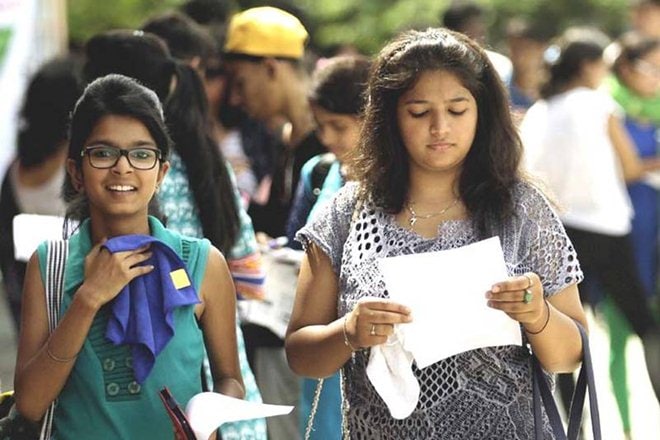In a boost for the higher education sector in the country, the enrolment of students has risen to 25.8 per cent this year from 25.2 per cent in 2017. However, what holds more attention in the data released following the annual survey conducted by the ministry of human resource development department, is that the number of students remains lowest in institutions of national importance. The report released by Union Minister for Human Resource Development, Prakash Javadekar, stated that the share of female students is lowest in Institutions of National Importance, followed by state private open universities and deemed universities (government). The total enrolment in higher education has been estimated to be 36.6 million with 19.2 million boys and 17.4 million girls. The girls constitute 47.6 per cent of the enrolment. As per the report, the GER (Gross Enrolment Ratio) in higher education for male population is 26.3 per cent and for the female population is 25.4 per cent.
This survey comes in the backdrop of a recent World Bank report saying that not educating girls or creating barriers in their school education globally costs between USD 15 to USD 30 trillion. As per the report ‘Missed Opportunities: The High Cost of Not Educating Girls’ released in July, it was stated that the loss in human capital wealth incurred today because many adult women did not benefit in their youth from universal secondary education (defined as 12 years of schooling) is estimated to range between USD 15 trillion to USD 30 trillion globally.
Meanwhile, in another significant change, there has been an increase of over 1.20 lakh candidates for the 2017-2018 session in the age of 18-23 years. It also shows a rising enrolment of OBC category students while a decline in the general category.
According to the survey, distribution of enrolment for general category students has declined from 49.9 per cent in 2013-14 to 45.4% in 2017-18. The growth in enrolment of SC, ST students is marginal, but for OBC students, the mark has gone up to 35 % in 2017-18 from 32.4 % in 2013.
Also, the best for average pupil-teacher ratio was recorded in Karnataka which has one teacher for every 16 students, followed by Andhra Pradesh with 1 for 18. Bihar ranked lowest in the category along with Uttar Pradesh and Jharkhand with one teacher for 50 students.

